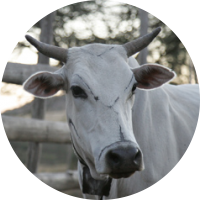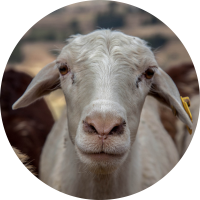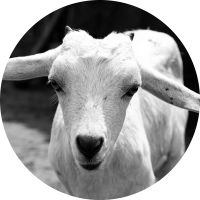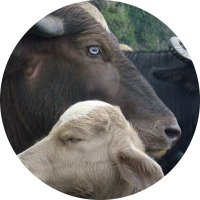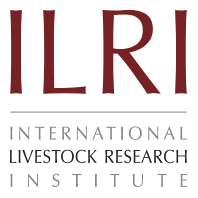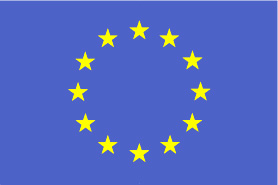J. Philipsson,1 E Zonabend,1 RC Bett1 and A.M. Okeyo2
1Swedish University of Agricultural Sciences (SLU),
Department of Animal Breeding and Genetics, P.O. Box 7023, S-750 07 Uppsala, Sweden.
2International Livestock Research Institute (ILRI), P.O. Box 30709, Nairobi 00100, Kenya.
This first module provides some insight into the need for better use of animal genetic resources (AnGR) in the context of projected demand for food in developing countries until 2020. Worldwide, about a billion people do not have enough to eat; a livestock revolution is currently underway to meet the nutritional needs and improve the livelihood of poor people. However, the recent international food and financial crises have again worsened the situation for many of the world’s poor.
The module provides the background, facts and reasons for increased attention to improved utilization and maintenance of AnGR for food and agriculture in developing countries. It also provides a list of some key literature. References and links are made to web resources [blue] and to other parts of this resource [green]. Some case studies on breed resources and other relevant components of this resource (CD and web version) help illustrate the issues presented.
- Summary
- Food security and livestock - Keys to poverty alleviation
- World animal populations increase, but not everywhere
- Livestock revolution underway
- Diversified use of livestock
- Diversity in animal genetic resources invaluable for future developments
- New approaches needed for sustainable livestock improvement
- Acknowledgements
- References
- Related literature
Citation
Module 1: Philipsson J., Zonabend E., Bett, R.C. and Okeyo A.M. 2011. Global perspectives on animal genetic resources for sustainable agriculture and food production in the tropicsIn: Animal Genetics Training Resource, version 3, 2011. Ojango, J.M., Malmfors, B. and Okeyo, A.M. (Eds). International Livestock Research Institute, Nairobi, Kenya, and Swedish University of Agricultural Sciences, Uppsala, Sweden.

